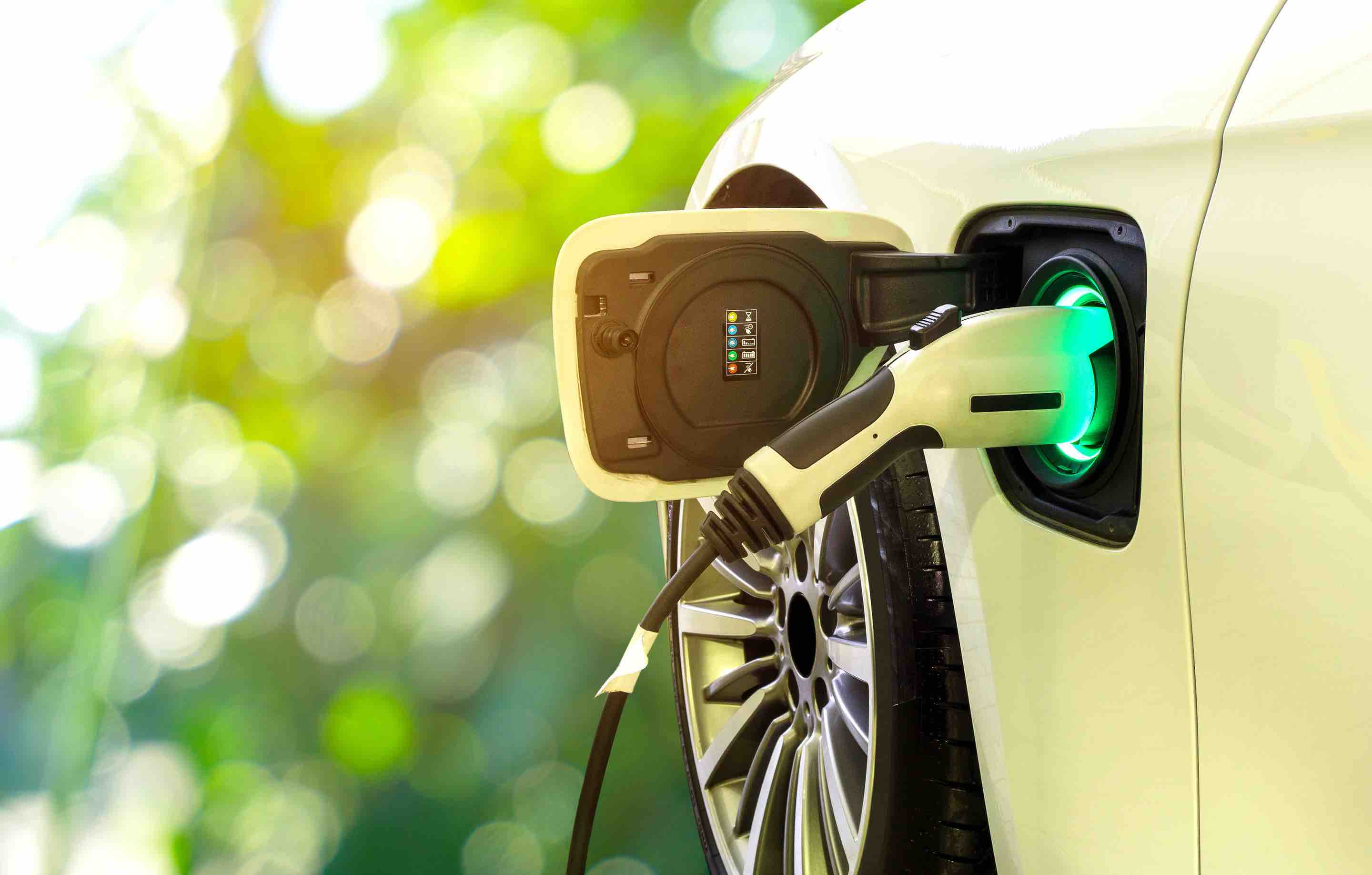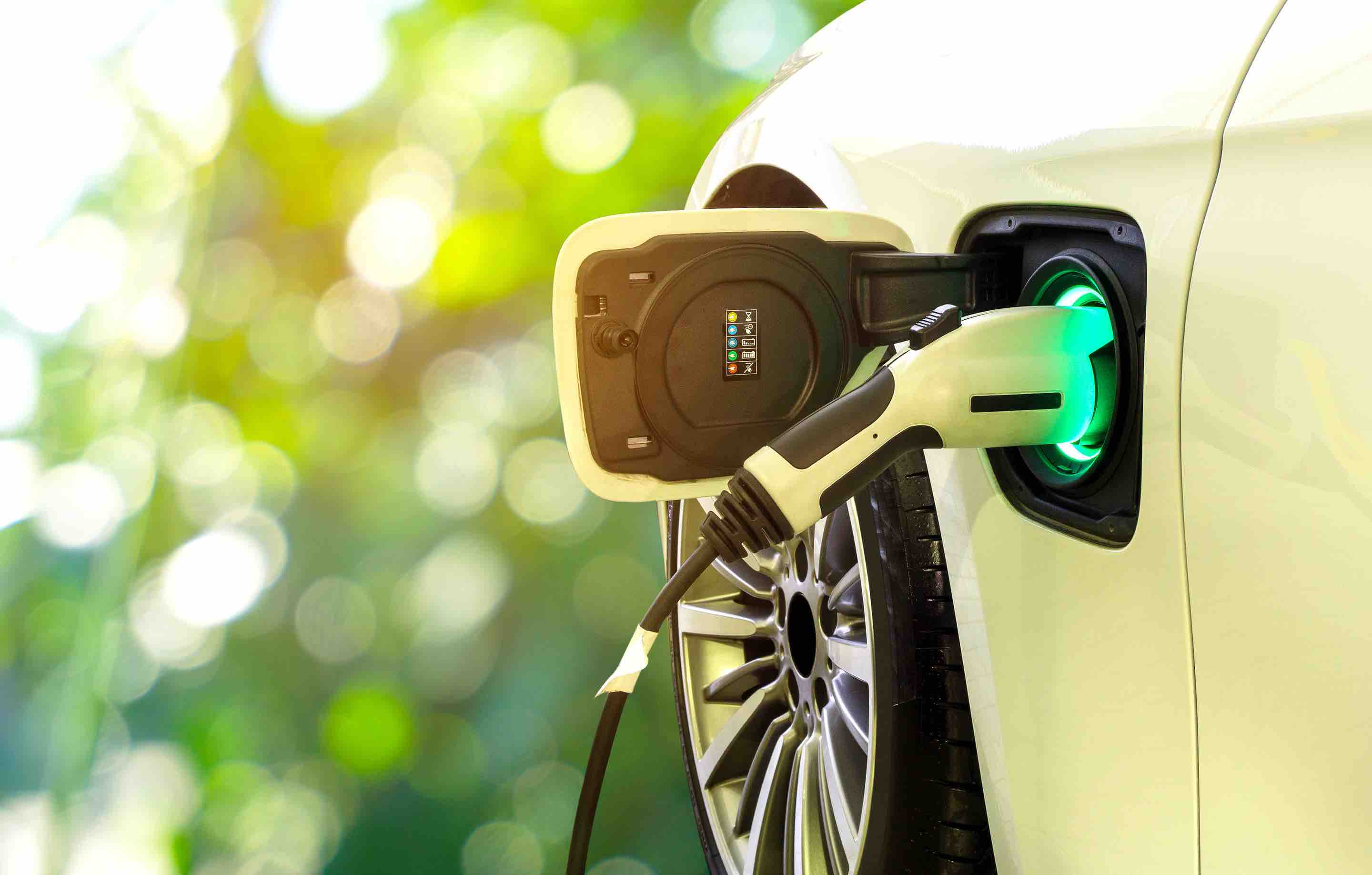
India, Dec. 6, 2019 /PRNewswire/ — According to a new market intelligence report by BIS Research, titled “India Electric Vehicle (EV) Ecosystem Market − Analysis and Forecast 2019-2030“, the India EV ecosystem market includes three major sectors, namely electric vehicle market, battery market, and charger market. The electric vehicle market, battery market, and charger market are expected to witness CAGRs of 53.64%, 58.86%, and 59.58%, respectively, during the forecast period.
The electric vehicles market is currently witnessing a high growth rate, owing to the changing trends in the automotive industry. Furthermore, the growing environmental concerns, coupled with strong push from the government to replace 30% of the total vehicle population by electric vehicle, are anticipated to propel the electric vehicle market in coming 10 years.

In addition, strict government policies to reduce the carbon footprint across India is another major factor that is expected to create lucrative opportunities for the EV ecosystem market in India for the decade to follow.
BIS Research Report: https://bisresearch.com/industry-report/india-electric-vehicle-market.html
According to Ajeya Saxena, Lead Analyst at BIS Research, “The government target for 30% adoption of electric vehicles by 2030 is expected to be majorly driven by the electrification of two-wheeler, three-wheeler, and commercial vehicles in India. Lower rate of adoption of electric vehicles in the passenger vehicle segment is expected to have a limited impact in achieving these targets.”
The market report provides a detailed analysis of the recent trends influencing the EV market, along with a comprehensive study of the future trends, policies, and regulatory landscape. It also includes company overview, financial summary, and SWOT analysis. The overall market has been segmented into batteries, charger type, propulsion type, separator type, and region. The report also includes a comprehensive section on the regional analysis for North India, South India, East India, and West India.
Request for a Sample: https://bisresearch.com/requestsample?id=782&type=download
Some of the key players in the India electric vehicle ecosystem market are Amara Raja Batteries Ltd., Bharat Heavy Electricals Limited, Coslight India Telecom Pvt. Ltd., Eon Electric Limited, Exicom Power Solutions, Exide Industries Ltd., Greenfuel, HBL Power Systems Ltd., Napino Auto & Electronics Ltd., Okaya Power Pvt. Ltd., Tata Chemicals Ltd., Trontek Group, Ashok Leyland, Ather Energy, Emflux Motors, Olectra Greentech Limited, Hero Electric, Honda Motor Co., Ltd., Hyundai Motor India, JBM Auto Limited, Lohia Auto Industries, Mahindra Electric Mobility Limited, Maruti Suzuki India Limited, Tata Motors, Toyota Kirloskar Motor, Tunwal E-Bike India Pvt. Ltd., TVS Motor Company, ABB Ltd., Delta Electronics, Inc., EV Motors India Pvt. Ltd, Evteq Mobility Private Limited, Exicom Tele-Systems Limited, Indian Oil Corporation Ltd., and JBM Group.
Key Questions Answered in this Report
- What is the present market value of the India EV ecosystem market, and how much is it expected to grow during the forecast period from 2019 to 2030?
- What are the several factors that are projected to influence the growth of the market?
- What are the major sectors included in the India EV ecosystem, and how each sector is projected to perform during the forecast period?
- Which vehicle type offers the most attractive growth prospect during the forecast period to EV manufacturers across different regions in India?
- Which propulsion type across different vehicle types offers attractive growth opportunities during the forecast period for EV manufacturers across India and its regions?
- Which type of battery showcased the highest demand in 2018 and offers the fastest growth opportunity between 2019 and 2030 for different types of vehicles across various regions in India?
- Based on the number of units, what was the quantity sold by different types of chargers in 2018. How much is this number expected to grow during the forecast period?
- How is the separator demand expected to shape-up with the growing local battery production between 2020 and 2030?
- Which among battery production and battery assembly is a more lucrative opportunity for the India market based on the regulatory scenario?
- What is the regulatory support for the establishment of charging infrastructure in India?






